Understanding Programming Languages: A Deep Dive into Levels
Written on
Chapter 1: Introduction to Programming Languages
Can we write programs using just 0s and 1s, considering this is the fundamental way a computer operates? What does the binary code 0100 signify? Or how about the binary sequence 1011?

Figure 1: Understanding Binary Code
How is it possible for a computer to comprehend code that resembles human language, like Python?

Figure 2: Programming Languages Explained
These questions highlight the concept of abstraction in programming languages.
Overview of Programming Languages
This article aims to elucidate the differences between high-level and low-level programming languages.
Learning Outcomes
By the conclusion of this piece, you will be able to identify the key advantages and distinctions between these two categories of programming languages, and grasp their significance in the field.

Figure 3: Low-Level vs. High-Level Languages
High-level languages are typically easier for developers to grasp, whereas low-level languages are more machine-oriented.
Machine Code
At the most fundamental level, closest to the hardware, lies Machine Code, which consists solely of binary digits. This sequence of ones and zeros is interpretable by the CPU but is often difficult for humans to read and is prone to errors.
Assembly Language
Understanding the logic behind binary digits can be challenging. At a slightly higher level, we find Assembly Language. While still quite distant from human-readable syntax, it is more accessible for developers, who can learn its instructions more easily than raw machine code.
Advantages of Assembly Language:
- More comprehensible than Machine Code
- Less prone to errors
Assembly language requires an assembler to convert it into Machine Code.
Medium-Level Language
In addition to high and low levels, there exists a third category: Medium-Level language. This classification hinges on how closely a programming language's syntax resembles human language.
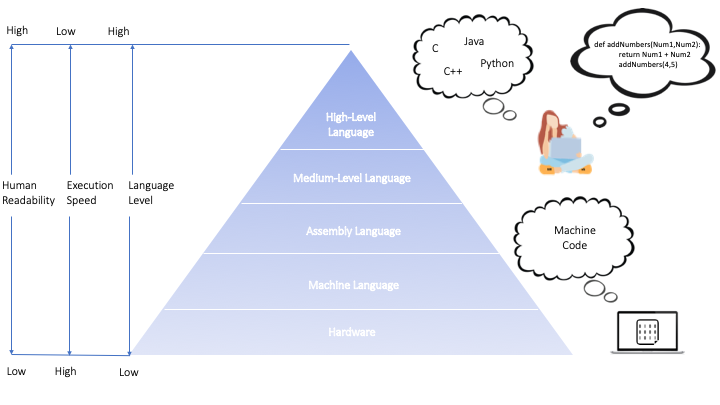
Figure 4: Programming Languages Categorization
For instance, C is considered a low-level language when compared to Java or Python.
High-Level Language
Programs written in high-level languages must be translated into Machine Code. The translation process involves several steps:
- Develop an application in a high-level language.
- Use a compiler or interpreter to convert it to a lower-level language.
- Generate an Object File, which is an intermediate code in a low-level language like Assembly.
- A Linker integrates all external libraries and files used in the application to create an executable program.
- The final executable files are in Machine Language, ready for execution by the CPU.
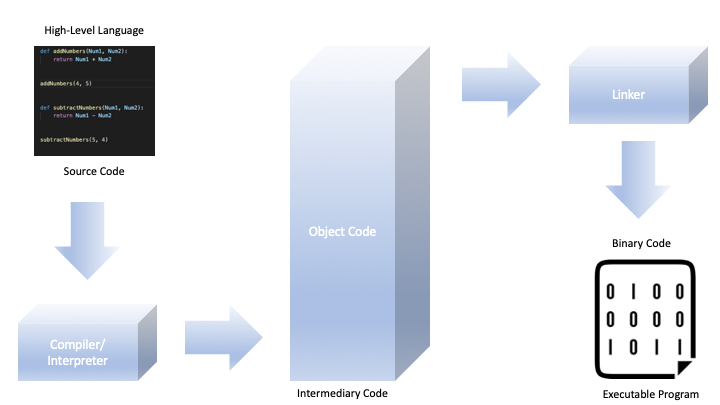
Figure 5: Code Translation to Machine Code
Let’s delve into the distinctions between low-level and high-level languages.
Portability
One significant difference lies in portability. Low-level developers must be aware of the execution environment since the final code is hardware-dependent. Low-level languages are less abstracted from hardware, requiring knowledge about specific hardware components. In contrast, high-level languages offer greater portability, running independently of the hardware.
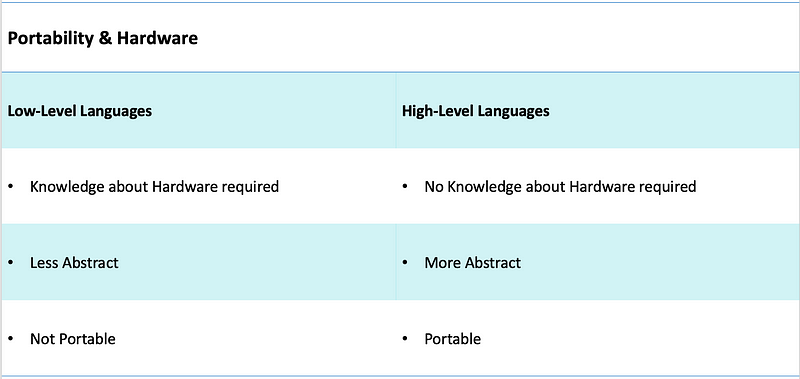
Table 1: Portability & Hardware Considerations
Translator
The necessity of a translator affects program speed. Low-level languages do not require a translator, whereas high-level languages do. Assembly languages need an assembler for translation, which makes low-level languages generally faster.
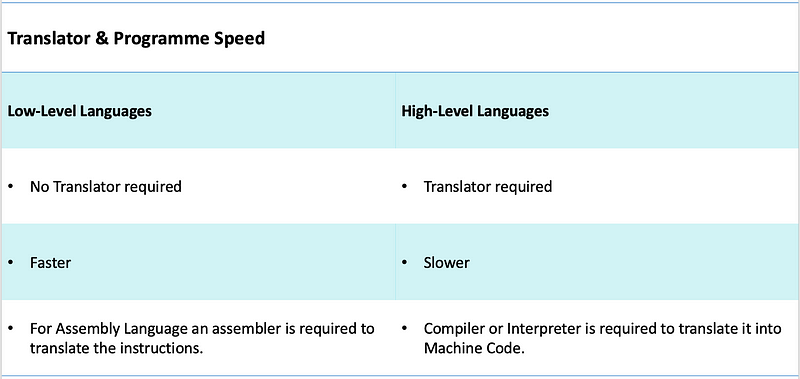
Table 2: Translator Impact on Program Speed
Memory Usage
Another key difference is memory efficiency. Low-level languages utilize less memory and are more efficient, while high-level languages tend to consume more memory.
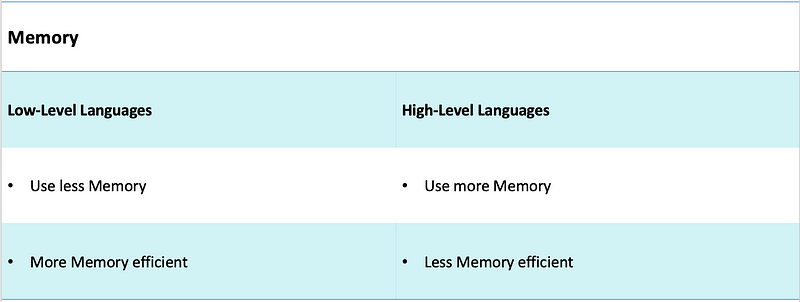
Table 3: Memory Efficiency Comparison
Conclusion
Why do both types of programming languages hold importance? Both are actively utilized today, and neither is inherently superior. The choice depends on the specific application of the programming language.
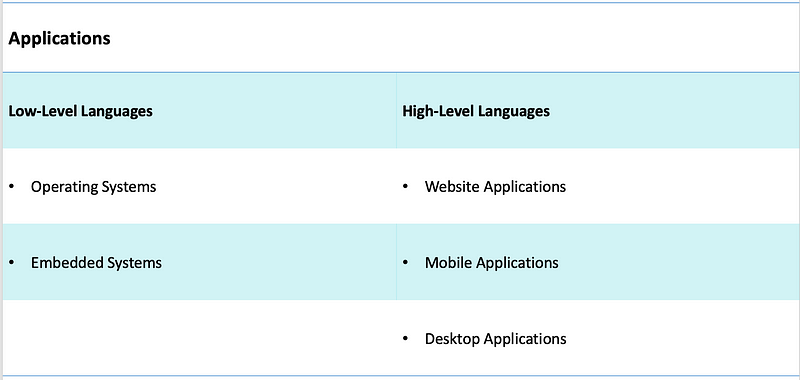
Table 4: Programming Language Applications
Low-level languages are preferred for applications tied to specific hardware architectures, such as operating systems and embedded systems. In contrast, high-level languages are often used for web, mobile, and desktop applications.
If you found this article helpful, please show your appreciation. To read more similar articles, feel free to follow me to receive updates on new publications.
This video discusses the contrast between low-level and high-level programming languages, providing insights into their characteristics and applications.
This video elaborates on the differences between low-level and high-level programming languages, offering a deeper understanding of their functionality and usage in software development.